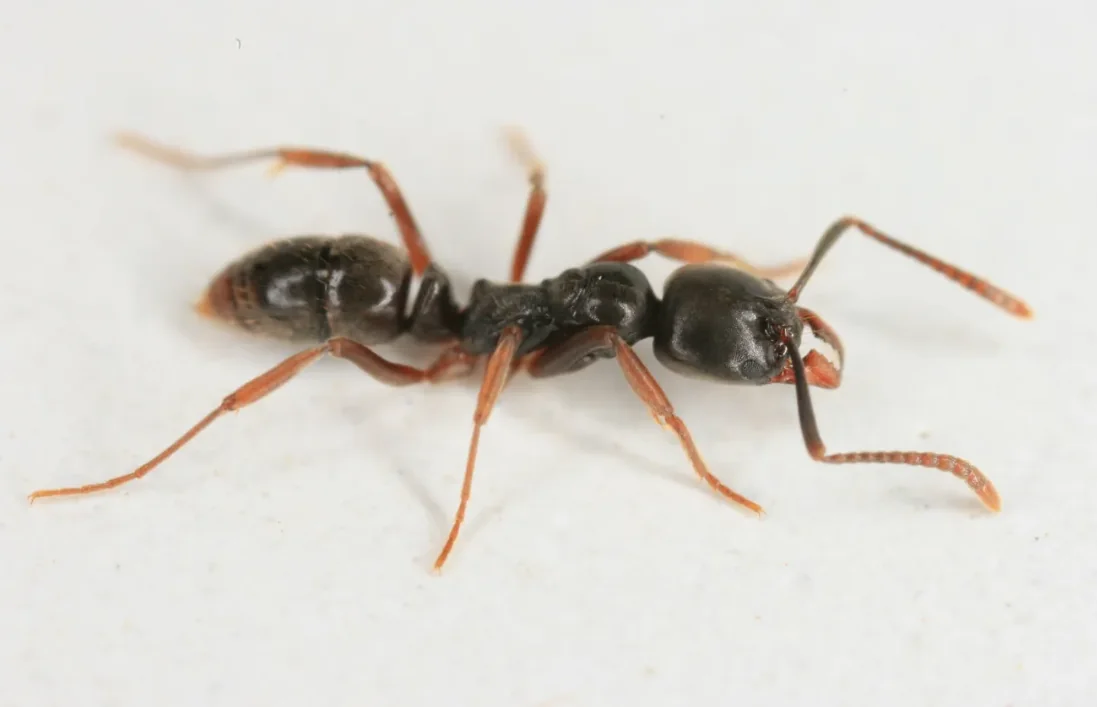
If you’ve never heard of the Asian needle ant, you’re not alone. But these tiny, venomous insects are quickly becoming a serious concern in many parts of the U.S.—including right here in Florida. As a homeowner, knowing what to look for (and how to protect your family) is key.
Understanding the Asian Needle Ant: An Invasive Species in Florida
Asian needle ants (Brachyponera chinensis) are an invasive species originally from East Asia. First spotted in the U.S. in the 1930s, they’ve recently been found spreading rapidly through Southern and Eastern states—including Florida, Georgia, and the Carolinas (CBS News).
They are small (about 4–5 mm long), dark brown or black in color with lighter-colored legs and antennae. Unlike fire ants, they don’t form large, visible mounds, which makes them even more difficult to detect.
The Dangers of Asian Needle Ant Stings in Florida
Their sting isn’t just painful—it can be life-threatening. For most people, a sting feels like a sharp needle prick (hence their name) followed by burning or swelling. But for around 1% of the population, the sting can trigger anaphylaxis, a serious allergic reaction that can be fatal without immediate medical attention (CBS News).
These ants are aggressive when disturbed and are known to sting people while gardening, moving firewood, or even just walking barefoot in their yard.
Common Habitats of Asian Needle Ants in Florida Landscapes
Asian needle ants prefer shady, moist environments—think mulch beds, leaf piles, under stones, and around logs or firewood. This makes Florida’s landscapes a perfect habitat for these pests.
You may also find them nesting close to your home’s foundation or even inside crawl spaces, basements, and wall voids.
Identifying Asian Needle Ant Infestations: What to Look For
Unlike fire ants, these invaders are sneaky. Here’s what to look for:
- Ants that move slowly and alone (not in long trails)
- Nests hidden in rotting wood, mulch, or leaf litter
- Small black ants with brownish legs and antennae
- Unexpected stings outdoors or near landscaping materials
Protecting Your Florida Home & Family from Asian Needle Ants
Asian needle ants are tough to treat without professional pest control help, but here are a few preventative steps:
- Remove yard debris like fallen leaves, woodpiles, and unused mulch
- Seal entry points around windows, doors, and crawlspaces
- Avoid barefoot gardening or yardwork in known ant-prone areas
- Call a professional pest control company, like Turner, for lawn pest control inspection and treatment
Secure Your Home: Get Ahead of Asian Needle Ants with Turner Pest Control
At Turner, our expert technicians know what to look for and how to safely and effectively treat ant infestations, including invasive species like the Asian needle ant. We offer customized Integrated Pest Management (IPM) solutions to protect your home, your yard, and your family—safely and efficiently.
Don’t Wait for the Sting
If you suspect any unusual ant activity around your home—or want to stay ahead of the growing threat—schedule a free inspection with Turner Pest Control today. Peace of mind starts with prevention.
Sources:
- NC State Extension



